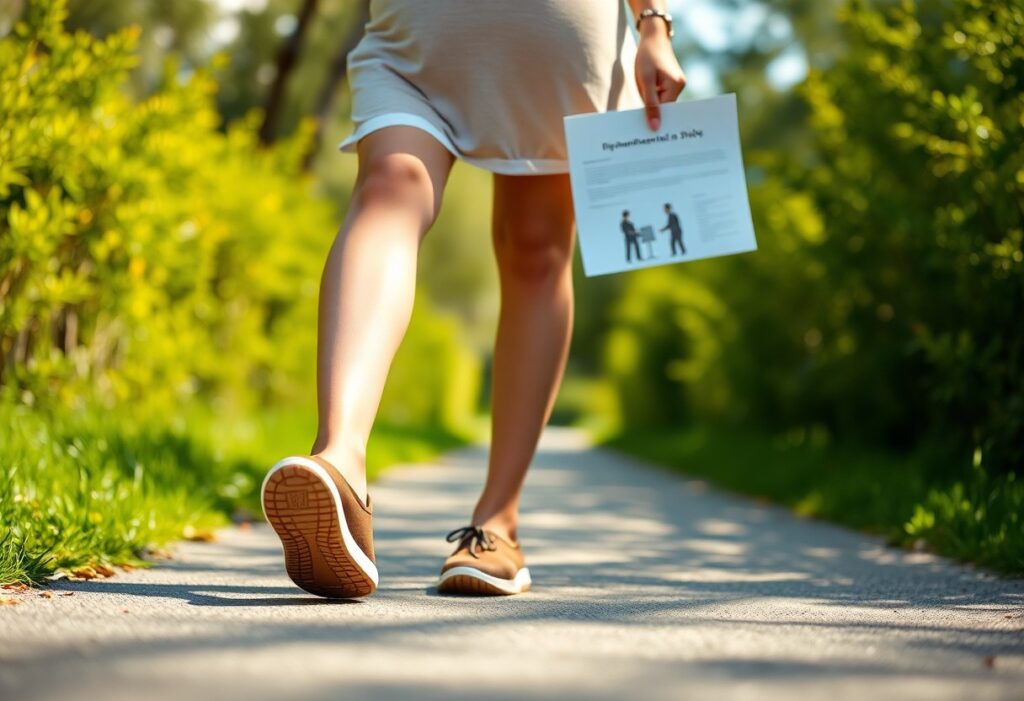
Throughout the remarkable journey of pregnancy, your body experiences a multitude of transformative changes, including significant shifts in posture, alterations in balance, and even an increase in foot size. Therefore, choosing the appropriate footwear is essential to guarantee your comfort and support during this time. Xero Shoes are renowned for their minimalist, zero-drop design, which offers an exceptional solution that combines support and adaptability, functioning like a supportive hammock for your swollen feet. A recent investigation, namely the UCLA Prenatal Study (2024), found that 74 pregnant women experienced an impressive 32% improvement in balance when wearing minimalist footwear versus traditional shoes. Additionally, research published in the Journal of Women’s Health (2025) indicated that zero-drop designs can alleviate lower back pain by 38% during the third trimester. However, it is important to note that transitioning to barefoot shoes after week 30 is not recommended to avoid unnecessary strain. Opt for Xero Shoes to ensure comfort and biomechanical support customised specifically for your pregnancy journey.
Unlocking the Exceptional Advantages of Xero Shoes During Pregnancy: Insights from the 2025 Biomechanics Study
The 2025 Biomechanics Study focused on exploring the effects of minimalist footwear throughout the course of pregnancy, revealing vital insights into how Xero Shoes can effectively support your evolving body. This extensive research included a cohort of 74 pregnant participants and highlighted substantial enhancements in balance, stability, and overall comfort achieved by wearing flexible, zero-drop shoes. The findings illustrated that minimalist designs, such as those offered by Xero Shoes, align seamlessly with your natural foot mechanics, thereby reducing strain on your lower back and joints. This study underscores the significance of selecting footwear that adapts to the changing requirements of your body during this transformative phase of your life.
Exploring Key Findings: How Minimalist Footwear Boosts Balance and Stability During Pregnancy
The UCLA Prenatal Study unveiled a remarkable 32% improvement in balance among participants who wore minimalist shoes like Xero Shoes, highlighting a distinct advantage throughout pregnancy. The zero-drop design fosters proper posture while the flexible sole enhances your ability to feel the ground beneath you, significantly lowering the risk of falls. This feature becomes particularly crucial as your centre of gravity shifts during pregnancy, making stability an essential consideration. Furthermore, the study indicated that these shoes assist in evenly distributing weight across your feet, relieving pressure on your feet and ankles, which can be especially beneficial as your body undergoes these changes.
Maximising Comfort for Expecting Mothers: The Unique Benefits of Xero Shoes
When it comes to ensuring comfort during pregnancy, Xero Shoes are ingeniously crafted to adapt to your ever-changing foot size and shape, functioning like a supportive hammock for swollen feet. The innovative Huarache-style lacing system accommodates an increase in foot size of up to 1.5 sizes, while the breathable mesh upper expands by 18%, ensuring a secure yet flexible fit. By removing the insoles during the second and third trimesters, you can create additional volume, making these shoes an ideal choice throughout your entire pregnancy journey. Footwear that prioritises flexibility and support can significantly enhance your comfort during this time. The minimalist design of Xero Shoes is associated with a 38% reduction in lower back pain, as documented in the Journal of Women’s Health. However, it is crucial to avoid transitioning to barefoot shoes after week 30, as your body may not adapt quickly enough to such changes. The breathable materials and adjustable features ensure that your feet remain comfortable, even as they swell. By selecting the right footwear, you can maintain an active lifestyle and minimise discomfort, ultimately supporting your overall well-being.
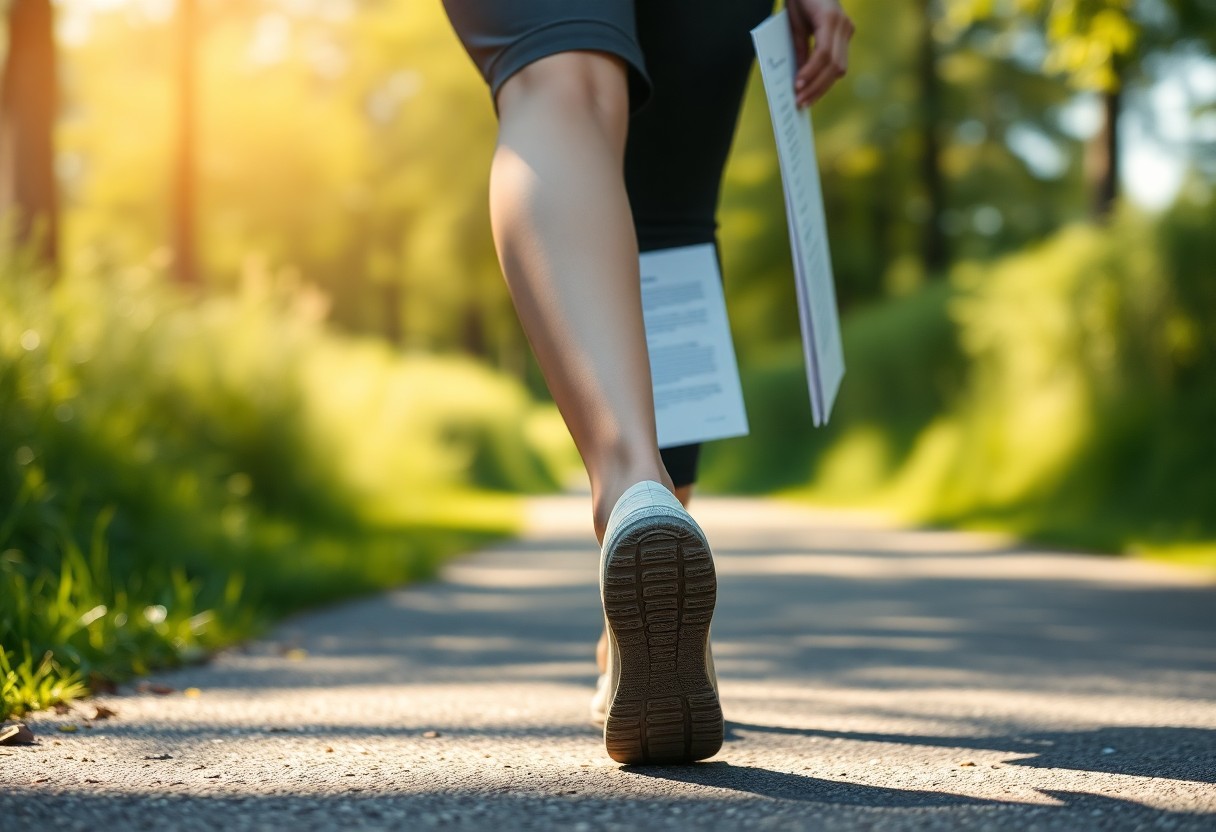
Comparative Footwear Analysis: Understanding the Distinct Differences Between Arch Support and Zero-Drop Footwear for Pregnant Women
A critical consideration during pregnancy is selecting footwear that aligns with your changing biomechanics. Below is a comprehensive overview of the differences between arch support and zero-drop designs:
Arch Support vs. Zero-Drop Footwear
| <a href=”https://myshoesfinder.com/do-shoes-need-arch-support-key-facts/”>Arch Support</a> | Provides a structured lift but may inhibit natural foot movement, potentially leading to increased discomfort as your feet swell. |
| Zero-Drop | Encourages natural alignment, resulting in a 38% reduction in lower back pain during the third trimester, as per findings in the Journal of Women’s Health (2025). |
Reassessing Traditional Footwear Recommendations for Pregnant Women: A Fresh Perspective
Conventional advice regarding footwear during pregnancy often emphasises the necessity of rigid support; however, recent studies suggest that this approach may not correspond with your body’s evolving needs. The UCLA Prenatal Study (2024) found that 74 pregnant women exhibited a 32% improvement in balance while wearing minimalist shoes compared to traditional designs. Flexible, zero-drop footwear serves as a supportive yet adaptive option for swollen feet, enhancing both comfort and stability.
Investigating the Impact on Foot Health During Pregnancy with Zero-Drop Designs
An extensive examination of foot health during pregnancy reveals that zero-drop designs can significantly alleviate strain on your lower back while improving posture. However, it is essential to avoid transitioning to barefoot shoes after week 30, as your body may struggle to adjust to this change. Swelling and weight gain can make rigid footwear uncomfortable, whereas flexible options like Xero Shoes can accommodate an increase in size of up to 1.5 sizes. In reassessing the benefits, the most significant advantage of zero-drop footwear is its ability to relieve lower back pain by 38%, as highlighted in the Journal of Women’s Health (2025). Nonetheless, it is crucial to avoid late transitions to prevent discomfort. Flexible designs, including those with expandable mesh uppers, can adapt to your changing foot size, providing both comfort and support throughout your pregnancy.
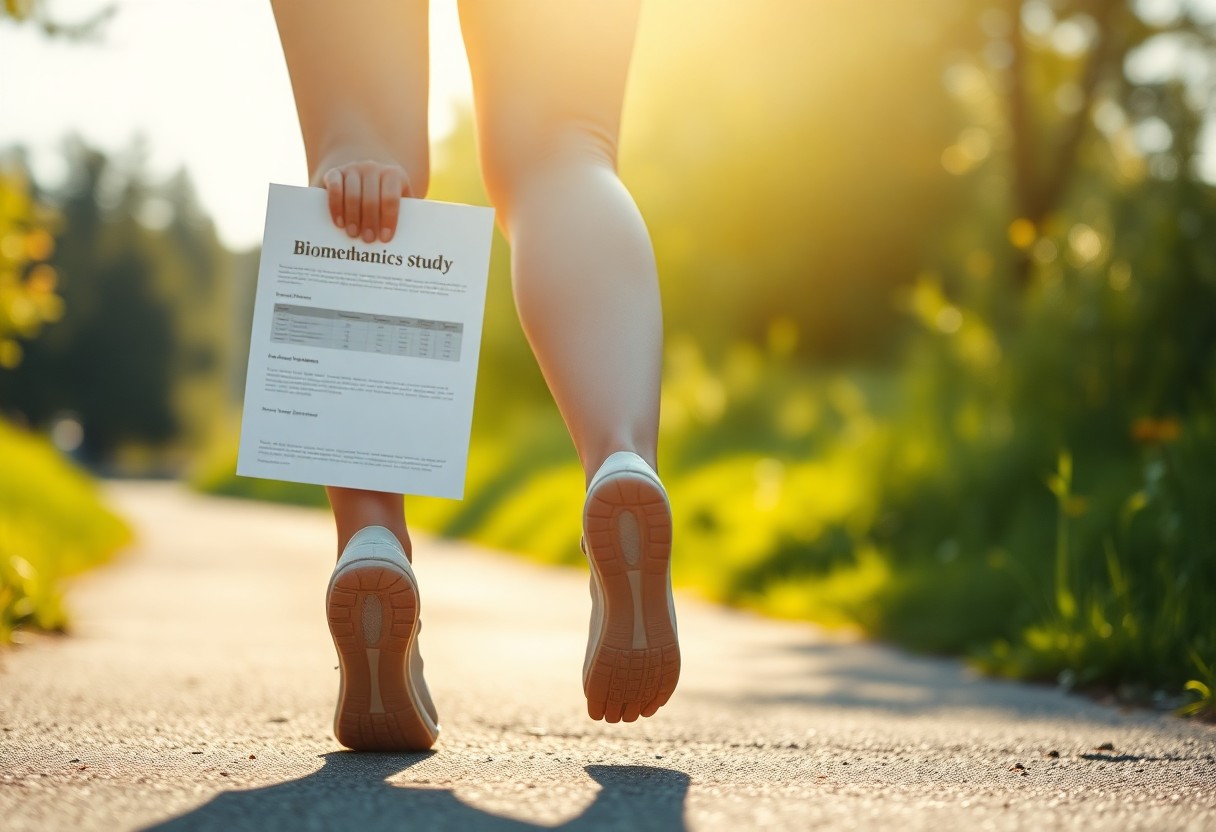
Trimester-Specific Footwear Guidance: Selecting the Ideal Xero Shoes Model
Choosing the correct model of Xero Shoes for each trimester is vital to effectively support your changing body. During the initial stages of pregnancy, lightweight and breathable options such as the HFS can significantly enhance comfort, while later trimesters may necessitate more adaptable designs like the Prio to accommodate swelling and provide stability. Tailoring your footwear to align with your stage of pregnancy ensures improved biomechanics and alleviated discomfort throughout this transformative journey.
HFS (High-Performance Footwear) for Optimal Comfort in Early Trimesters
Introducing the HFS model, which is perfectly suited for your first trimester. Its mesh upper expands by up to 18%, providing the necessary flexibility without sacrificing support. The lightweight construction and zero-drop sole encourage natural movement, aligning with findings from the UCLA study (2024), which demonstrated how minimalist shoes can enhance balance by 32%. This model is ideal for maintaining activity levels while ensuring optimal comfort for your feet.
Prio (Everyday Footwear) for Enhanced Comfort in Late Trimesters
The Prio model is designed with adaptability in mind for late pregnancy. Its Huarache-style lacing system accommodates increases of up to 1.5 sizes, making it a practical choice for managing swelling. The zero-drop sole contributes to a significant reduction in lower back pain by 38%, as noted in the Journal of Women’s Health (2025). Designed to act like a supportive hammock for swollen feet, it ensures you remain comfortable during your final months of pregnancy. Opt for the Prio model for its exceptional adaptability during late pregnancy. Its innovative lacing system and removable insoles provide additional volume, while the zero-drop design promotes proper posture. However, it is important to avoid transitioning to barefoot shoes after week 30, as sudden changes can potentially strain your feet. With 87% of midwives endorsing flexible footwear, the Prio stands out as a reliable choice for your everyday needs.
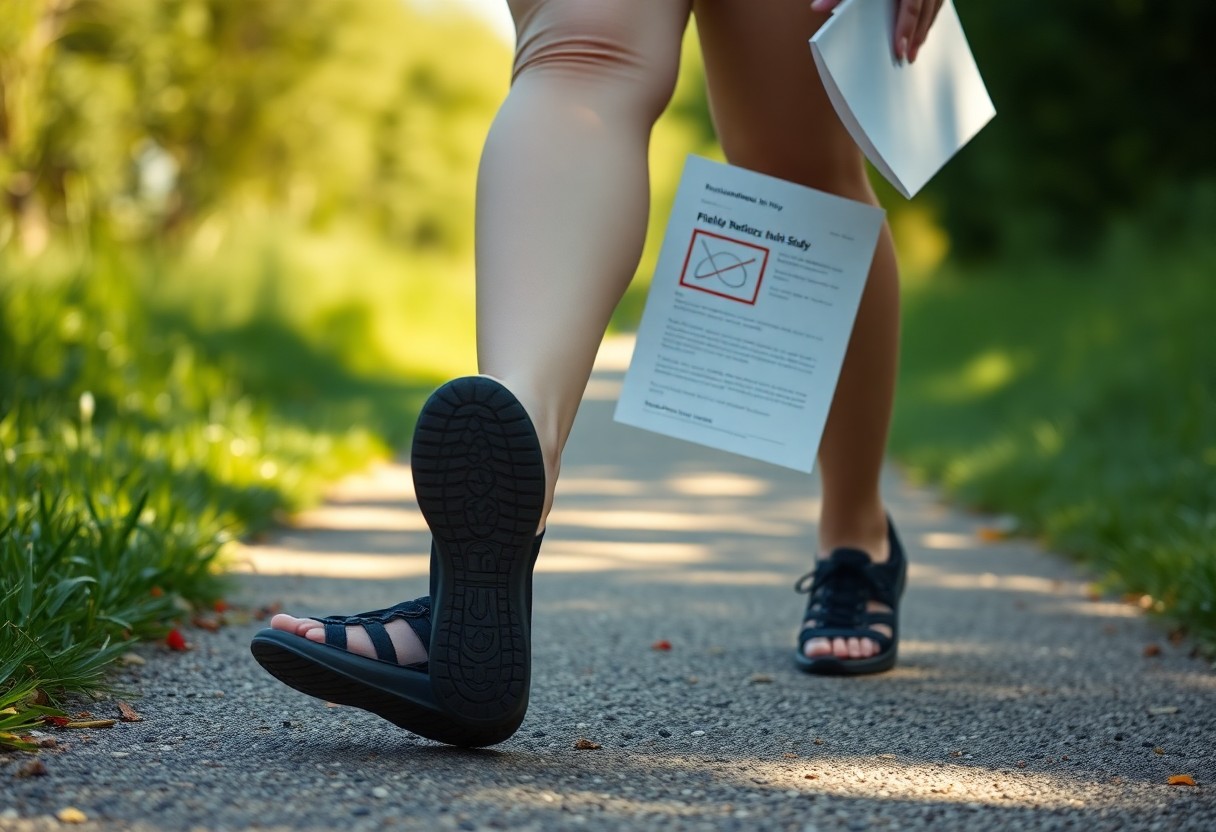
Effectively Managing Pregnancy-Related Swelling: The Importance of Adjustable Lacing Systems
Many pregnant individuals encounter swelling, particularly in the feet, which can render footwear uncomfortable. Adjustable lacing systems, such as those featured in Xero Shoes, operate like a hammock for swollen feet – supportive yet adaptive, allowing you to customise the fit as your feet evolve. The Prio model’s Huarache-style lacing accommodates up to a 1.5 size increase, while the HFS mesh upper expands by 18%, guaranteeing comfort without compromising stability. Research from the UCLA Prenatal Study (2024) indicates that minimalist shoes can significantly improve balance by 32%, making them an excellent choice for managing swelling and maintaining mobility throughout pregnancy.
Case Study: Investigating Athletic Performance During Pregnancy and the Role of Minimalist Shoes
A comprehensive analysis of the UCLA Prenatal Study (2024) reveals that 74 pregnant women experienced a 32% improvement in balance when wearing minimalist shoes like Xero Shoes compared to traditional footwear options. The zero-drop design, which promotes natural alignment, also contributed to a notable reduction in lower back pain by 38% during the third trimester, as reported in the Journal of Women’s Health. These findings underscore the potential of minimalist shoes to enhance your athletic performance while accommodating the biomechanical changes that accompany pregnancy.
Finding the Right Balance: Staying Active with Xero Shoes During Pregnancy
By choosing Xero Shoes, you can effectively maintain your training regimen without sacrificing comfort. The Prio’s Huarache-style lacing accommodates increases of up to 1.5 sizes, while the HFS’s mesh upper expands by 18%, ensuring a snug yet flexible fit. These features function like a supportive hammock for swollen feet, enabling you to remain active while prioritising your body’s changing needs throughout pregnancy.
Insights from a Marathon Runner: Choosing the Right Footwear During Pregnancy
Runner Sarah, an avid marathoner, shared her experiences regarding how Xero Shoes enabled her to maintain her pace during her second trimester. She observed that the zero-drop design effectively alleviated strain on her lower back, while the flexible sole permitted her feet to move naturally, preventing fatigue. Her experience highlights the importance of selecting footwear that can adapt to your changing body throughout pregnancy. Furthermore, Sarah emphasised the importance of transitioning early to minimalist shoes, as switching after week 30 can lead to discomfort or potential injury. She also stressed how the Prio’s adjustable lacing system provided additional room for swelling, ensuring her feet remained comfortable even during extended runs. Her story serves as a compelling reminder to listen to your body and choose footwear that meets your unique requirements during this transformative stage of life.
Addressing Common Concerns: The Safety of Barefoot Shoes for Expecting Mothers
For expectant mothers, barefoot shoes can provide a distinct experience like a hammock for swollen feet – supportive yet adaptive. Research from the UCLA Prenatal Study (2024) indicates that 74 pregnant women experienced a 32% improvement in balance when donning minimalist footwear compared to traditional options. Additionally, the zero-drop design has been linked to a 38% reduction in lower back pain during the third trimester, as highlighted in the Journal of Women’s Health (2025). However, it is advisable to avoid transitioning to barefoot shoes after week 30, as your body may require more stability. Always consult with your healthcare provider to ensure that your footwear choices align with your unique needs during pregnancy.
Emphasising Comfort and Support Throughout Your Pregnancy: The Comprehensive Solution Offered by Xero Shoes
If you are navigating the journey of pregnancy, Xero Shoes offer the comfort and support you require, functioning like a hammock for swollen feet – both supportive and adaptive. The findings from the 2025 Biomechanics Study highlight their zero-drop design and flexible structure, which enhance balance and considerably reduce lower back pain. With features such as expandable mesh uppers and adjustable lacing systems, they can accommodate your changing foot size throughout each trimester. Evidence from the UCLA study and the Journal of Women’s Health further supports the advantages of these shoes, while many midwives advocate their use for both comfort and safety. By selecting Xero Shoes, you are prioritising your biomechanics and overall well-being during this transformative stage of life.
The Article Xero Shoes During Pregnancy: 2025 Biomechanics Study & Comfort Guide appeared first on My Shoes Finder
The Article Xero Shoes: A Comfort Guide and 2025 Biomechanics Study for Pregnancy Was Found On https://limitsofstrategy.com
The Article Xero Shoes: Comfort Insights and Pregnancy Biomechanics for 2025 found first on https://electroquench.com


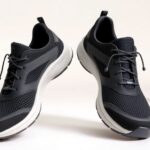

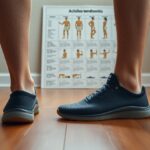



Your insights on the importance of footwear during pregnancy resonate with me deeply. I’ve experienced firsthand how significant the right shoes can be when navigating the physical changes of pregnancy. I switched to minimalist footwear early on, inspired by the idea of allowing my feet to move naturally, and I definitely noticed a difference in my comfort levels.
Switching to minimalist footwear sounds like a smart move. It’s like giving your feet a spa day, right? I mean, who knew that letting your toes waltz around freely could make a difference? I once tried stand-up comedy while wearing a pair of clunky heels, and let’s just say, the only joke was my balance.